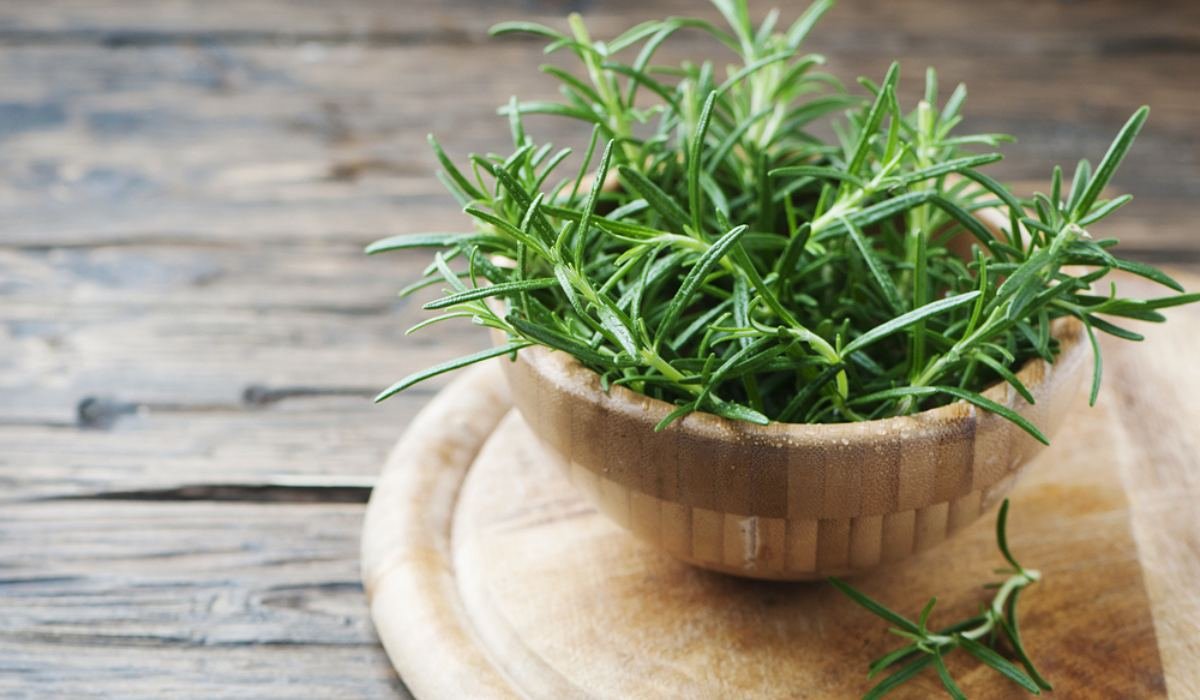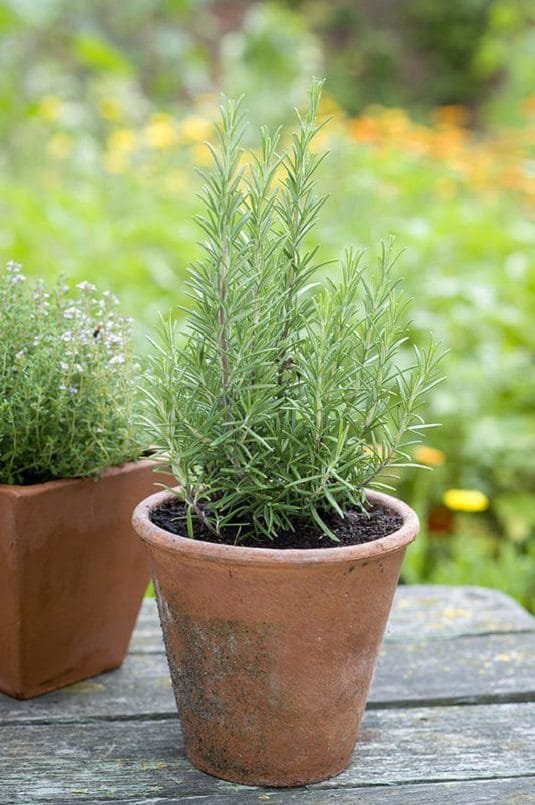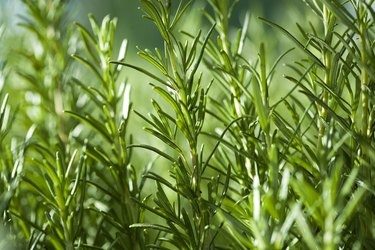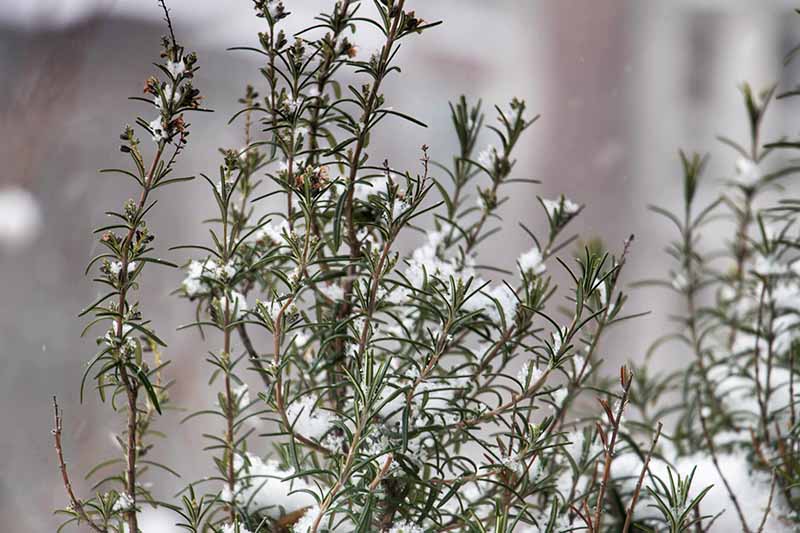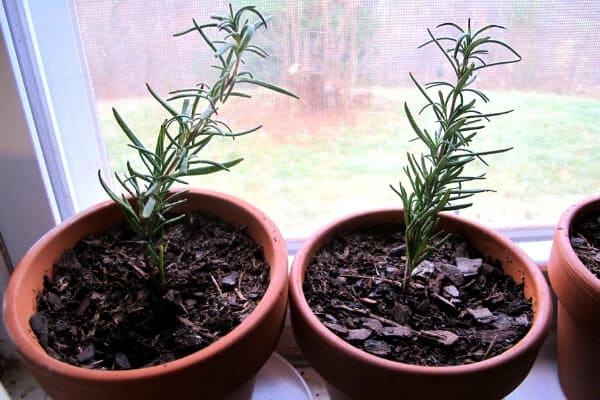Preparing Your Rosemary for the Cold Season
Rosemary plants, known for their fragrant leaves and versatility in cooking, require special attention during the winter months to thrive. Without proper care, these plants can fall victim to frost damage and root rot, ultimately leading to their demise. The care of rosemary plant in winter is crucial to ensure their survival and continued health. As the temperatures drop, rosemary plants need protection from harsh weather conditions, reduced watering, and adjusted fertilization. By understanding the unique needs of rosemary plants during winter, you can take the necessary steps to safeguard their well-being and enjoy their benefits year-round. In fact, a well-planned winter care routine can make all the difference in maintaining a healthy and thriving rosemary plant.
How to Protect Your Rosemary from Frost and Freeze
When it comes to protecting rosemary plants from frost and freeze, it’s essential to take proactive measures to ensure their survival. One effective way to do this is by mulching around the base of the plant. A thick layer of organic mulch, such as straw or bark chips, can help insulate the soil and keep it from freezing. Additionally, covering the plant with a breathable cloth or sheet can provide an extra layer of protection against harsh winds and frost. For rosemary plants in pots, bringing them indoors to a cool, bright location can be an effective way to shield them from the cold. By taking these precautions, rosemary plants can be safeguarded from the damaging effects of frost and freeze, ensuring they continue to thrive throughout the winter months. Proper care of rosemary plant in winter is crucial, and these simple steps can make all the difference.
Reducing Watering and Fertilization During Winter
During the winter months, rosemary plants require less moisture and nutrients due to their dormant state. As a result, it’s essential to adjust watering and fertilization schedules to prevent overwatering and nutrient overload. Overwatering can lead to root rot, a common issue in rosemary plants during winter. To avoid this, reduce watering to once a month, or only when the soil feels dry to the touch. Similarly, fertilization should be halted or significantly reduced during winter, as rosemary plants don’t require the same level of nutrients. By scaling back watering and fertilization, rosemary plants can conserve energy and resources, ensuring they remain healthy and thriving throughout the winter. Proper care of rosemary plant in winter involves understanding these unique needs and making adjustments accordingly.
Pruning and Trimming to Promote Healthy Growth
Pruning and trimming are essential practices for maintaining the health and appearance of rosemary plants during the winter months. By pruning back leggy stems and trimming away dead or damaged leaves, rosemary plants can be encouraged to produce new shoots and maintain a bushy shape. This process also helps to prevent the spread of disease and pests, which can be more prevalent during the winter. Additionally, pruning and trimming can help to promote healthy growth by allowing more sunlight to reach the plant’s inner branches and encouraging air circulation. When pruning, it’s essential to use clean and sharp tools to prevent the spread of disease, and to make cuts just above a leaf node to promote new growth. By incorporating pruning and trimming into winter care of rosemary plant in winter, gardeners can help their plants thrive and remain healthy throughout the cold season.
Providing Adequate Light and Temperature Control
Rosemary plants require specific light and temperature conditions to thrive during the winter months. When it comes to light, rosemary plants need bright, indirect light to photosynthesize and maintain their health. A south-facing window or a grow light can provide the necessary light exposure. However, it’s essential to avoid direct sunlight, which can cause the plant to become scorched. In terms of temperature, rosemary plants prefer daytime temperatures between 65°F to 70°F (18°C to 21°C) and nighttime temperatures around 55°F to 60°F (13°C to 15°C). Avoid placing rosemary plants near heating vents or radiators, as this can cause the plant to dry out. By providing adequate light and temperature control, gardeners can ensure their rosemary plants receive the necessary conditions to thrive during the winter. Proper care of rosemary plant in winter involves understanding these specific needs and making adjustments accordingly.
Pest and Disease Management During Winter
During the winter months, rosemary plants can be more susceptible to pests and diseases due to the cooler temperatures and increased humidity. Common pests that can affect rosemary plants during the winter include spider mites, mealybugs, and whiteflies. To manage these pests, gardeners can use organic pest control methods such as neem oil or insecticidal soap. Regularly inspecting the plant for signs of infestation and taking prompt action can help prevent the spread of pests. In terms of diseases, root rot and leaf spot can be common issues during the winter. To prevent these diseases, it’s essential to ensure good air circulation around the plant, avoid overwatering, and remove any infected leaves or stems. By being proactive in managing pests and diseases, gardeners can ensure the continued health and well-being of their rosemary plants during the winter. Proper care of rosemary plant in winter involves being vigilant and taking steps to prevent these common issues.
Bringinging Your Rosemary Back to Life in Spring
As the winter months come to an end, it’s essential to revive and rejuvenate rosemary plants to promote healthy growth and encourage new shoots. One of the most critical steps in bringinging your rosemary back to life is pruning. Prune back any dead or damaged branches, and shape the plant to maintain its desired form. This will help stimulate new growth and encourage the plant to produce fresh, fragrant leaves. Additionally, fertilize your rosemary plant with a balanced fertilizer to provide it with the necessary nutrients for growth. If the plant has become pot-bound, consider repotting it into a larger container with fresh, well-draining soil. By taking these steps, gardeners can help their rosemary plants recover from the winter months and thrive in the spring. Proper care of rosemary plant in winter sets the stage for a healthy and vibrant plant in the spring, and with these tips, gardeners can ensure their rosemary plants come back stronger than ever.
Year-Round Care for a Thriving Rosemary Plant
In summary, caring for rosemary plants during the winter months requires attention to detail and a proactive approach. By protecting the plant from frost and freeze, reducing watering and fertilization, pruning and trimming, providing adequate light and temperature control, managing pests and diseases, and reviving the plant in the spring, gardeners can ensure their rosemary plants thrive year-round. Remember, proper care of rosemary plant in winter is crucial for a healthy and vibrant plant in the spring. By following these tips and guidelines, gardeners can enjoy the many benefits of rosemary plants, including their fragrant leaves, beautiful flowers, and culinary uses. With year-round care, rosemary plants can become a staple in any garden, providing beauty, flavor, and fragrance for years to come.


